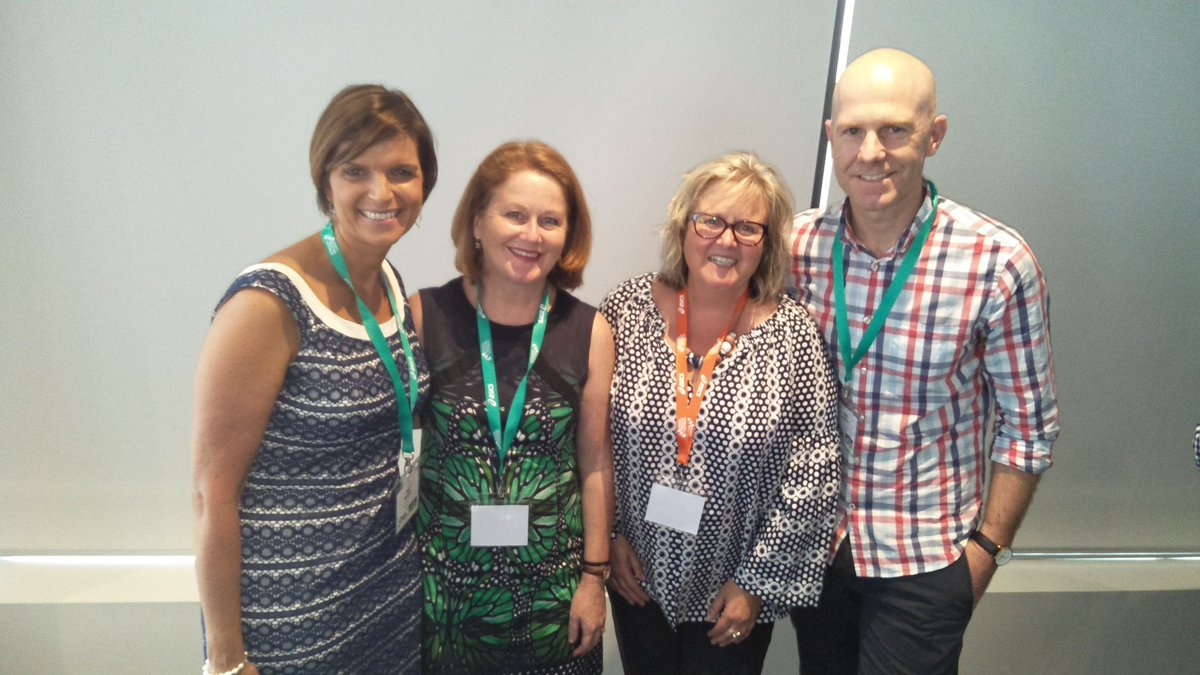By Charlie Bradshaw @charlie31_
Those lucky enough to attend Sports Medicine Australia’s Women in Sport (WIS) event experienced a day jam-packed with learning, healthy debates and fun. Experts presented on hot topics impacting female athletes including Relative Energy Deficiency Syndrome (RED-S), hypermobility, eating disorders and exercise during different stages of the female life cycle. We also heard from an all-female panel discussed their experiences in both sport and healthcare. Here are my take-aways from the day:
‘Pelvic floor issues for women participating in sport and exercise’ – Specialist Physiotherapist, Shan Morrison @shanlmorrison:
- Incontinence is more common than asthma, anxiety disorders and arthritis. It affects roughly 4.8 million Australians. It is under-reported, under recognized and under-treated
- Pelvic floor contractions are not always performed correctly by patients. ⅓ can do exercises on verbal cue, ⅓ don’t really know what they’re doing and the other ⅓ may actually be doing damage
- Physiotherapy management of Bladder/Bowel retraining has level 1A evidence
- Practitioners need to start asking more pelvic floor related questions and know when to refer to a specialist physiotherapist.
- A better understanding of pelvic floor dysfunction as a barrier to exercise is important given that it is common among the general population
‘Exercise and the menstrual cycle’ – Accredited Exercise Physiologists Esme Soan, Pear Exercise Physiology
- Days 1-13 of the menstrual period is low hormone/follicular phase. During this time, women have greater access to carbohydrates, greater muscle contractile strength and power, can work out at higher intensities and experience less central nervous system fatigue during this time. Hence, this is an ideal window to train for strength, power and test PB’s.
- Days 14-28, the luteal phase is ovulation until menstruation. This time of the cycle sees less access to carbohydrates and more central nervous system fatigue, thus making it a better time to do steady state exercise, skill acquisition and light resistance training.
- Exercise has also been shown to have benefits in those suffering from endometriosis, with reduced cramping, lowering excess oestrogen and musculoskeletal tension/pain.
“Female experiences in sport: a panel discussion.”Bridie O’Donnell @Bridie_OD, Jacqui Louder @jacquilouder, Livia Gluchowska @liv_g, Kathryn Ackerman @DrKateAckerman, Peta Searle @PetaSearle and Laura Moretti @LMorettiRD
The all-female panel discussed their experiences in sport as athletes and health professionals. They all shared a similar undertone of inequality across all aspects of sport, including uniforms, equipment, salary, sponsorship and opportunity. The panel agreed that the challenges they faced at the beginning of their careers were greater than challenges faced today. Common difficulties agreed by both the panel and delegates were:
- Uniforms:
- The variance in natural female body shape in comparison to males
- The colour of the uniform in relation to menstruation
- The tight-fitting nature of many female athletic uniforms.
- Facilities:
- Reports of male athletes using female bathrooms
- Shared facilities: not having a designated ladies-only time slot or class,
- Sporting clubs not having female change facilities and existing sporting clubs’ unwillingness to share facilities.
- Salary/Sponsorship:
- Livia recalled a time where she won a track cycling meet and received a tyre for first prize whilst her male counterpart received a $10,000 cheque
- Minimal amount of true professional female athletes, with most semi-professional athletes trying to juggle study, employment and training commitments.
- Support:
- Other women not supporting female athletes
- Women need to attend more female sports as spectators to help develop the industry
“Breast Pain and Injury in female athletes” – Dr Deirdre McGhee, University Of Wollongong
- 72% of females experience some exercise-induced breast discomfort (EIBD)
- Limited data on athletes, however the studies available show up to 44% of high-performing athletes experience EIBD, with these incidences higher in Rugby and AFL codes
- Performance is perceived to be affected in 31% of high performance and horse riding sports
- Magnitude and frequency are two key components to breast movement in exercise. Magnitude consisting of force (breast mass, GRF, trunk and UL movement) and Frequency (60 minutes jogging = 10,000 bounces)
- Strategies to combat EIBD include ensuring correct bra fit, breast support and education, all of which can be found on SMA breast injury fact sheet and Sports Bra app available on smartphones (www.bra.edu.au).
- All women and athletes need to have correct bra fit (estimated 85% population have incorrect bra size) to reduce magnitude of movement and reduce chance of bra-frictional injury.
I’d like to thank all the presenters for sharing their time and expertise with the Melbourne sports medicine community.
The next Sports Medicine Australia event in Victoria will be in Gippsland on Sunday 21stOctober 2018 and will be focused on sport injury management. Packed with practical workshops and learning opportunities, this event is not be missed. Stay tuned and check out the SMA website for more details!


**
Charlie Bradshaw (@charlie31_) graduated from Royal Melbourne Institute of Technology with a Bachelor of Applied Science (Chiropractic) in 2017. Charlie is a current member of Sports Chiropractic Australia and participated as a student liaison for SMA VIC board.